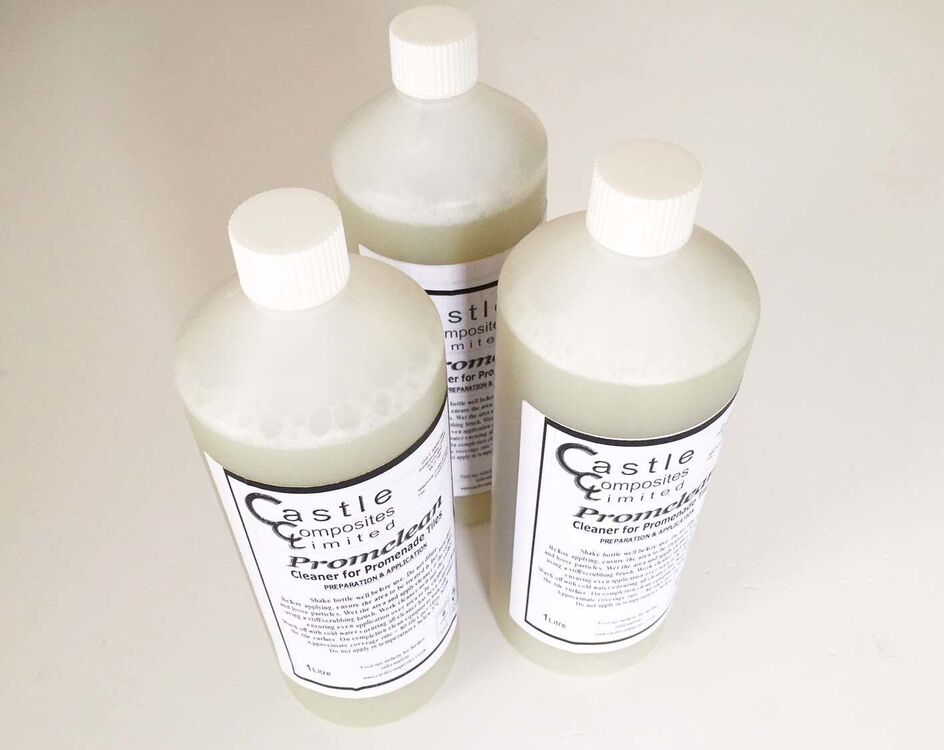If white-greyish stains have appeared out of nowhere on building materials such as brickwork, concrete tiles or paving stones, the chances are you've already identified efflorescence.
Efflorescence is usually just an aesthetic issue but it can be an indicator of water intrusion, which may lead to subsequent structural and air quality issues. It can also erode paintwork - if the efflorescence process was already extant prior to paintwork taking place - and it may cause minor crumbling of masonry materials.
Getting to the bottom of this common construction condition is something worth doing, particularly if you're interested in the longevity of your property. In this blog, Roofgiant reveal everything you need to know about this often misunderstood issue and how to remedy it.
What Is Efflorescence?
Efflorescence is derived from the Latin efflorescere - meaning to burst or flower outwards. It is a process where porous building materials develop fine powdery or chalky deposits. The resultant staining can often be mistaken for vandalism as it tends to appear almost out of nowhere and is most commonly seen in coloured brickwork, mortars and concrete materials. It is caused by salt and water-dispersible material moving through to the exterior of a porous material, forming a salty coating on the surface.
Why Does Efflorescence Occur?
Efflorescence typically occurs in a number of environments including those with low temperatures, moist or condensation-prone conditions, or places with heavy rainfall and groundwater.
Typically, efflorescence requires three key factors:
The higher the porosity of a particular material the greater the chance that efflorescence will occur.
How Long Does It Last?
In time efflorescence will usually disappear on its own, but this can take anywhere from a few weeks to 3 - 6 months. Usually after a year, visual efflorescence will stop being produced as the salts within the material in question become exhausted. Surrounding weather and atmospheric conditions have a large influence on how long the efflorescence will last.
How Do I Get Rid Of Efflorescence?
Natural weathering and exposure to rainwater will usually remove efflorescence effectively enough as the slightly acidic pH of rain will slowly break down and wash away the salt deposits. Conversely, dry and warm conditions can also remove deposits.
If you're looking for something to actively treat efflorescence as well as similar stains and general dirt, we recommend Promclean by Castle Composites. This specially formulated cleaner should be used with a stiff scrubbing brush or similar tool and washed clean with cold water after use for a fresh, smart and clean look to your promenade tiles.
